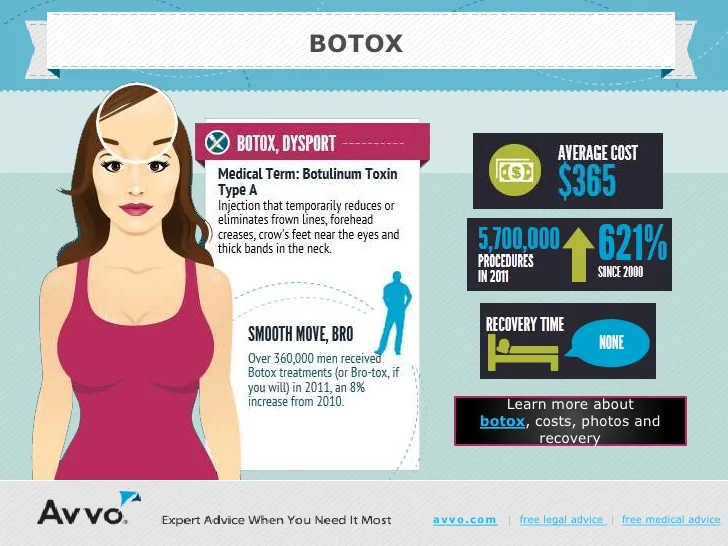How Does Hormonal Acne Develop
How Does Hormonal Acne Develop
Blog Article
Reasons for Acne on Cheeks
Acne outbreaks in the cheek area are triggered by several things, from touching your face regularly to not altering your pillowcase frequently enough. Picking at imperfections boosts your danger of infection and scarring, and certain medicines can aggravate dark spots (postinflammatory hyperpigmentation).
The good news is, there are several ways to prevent and treat cheek acne. These include:
1. Hormonal Modifications
Acne is greatly triggered by hormonal agents, particularly those generated during the age of puberty and pregnancy. For some, a family history of acne might also contribute to their problem. Anything that clogs pores, such as oil-based skin care items or waxy hair items, can trigger acne. Different topical therapies, like benzoyl peroxide and salicylic acid, can combat germs and unblock pores. Those with serious or persistent acne must look for treatment from their medical professional.
Stay clear of touching or squeezing your acne, as this can push some of the germs deeper into the skin, resulting in a much more serious outbreak. It is likewise essential to change pillowcases on a regular basis and use clean makeup brushes. You ought to likewise attempt to prevent irritants such as friction from wearing a helmet or limited collar.
2. Diet
The oily, sweet foods that many individuals think trigger acne might in fact not do so. In fact, researches have actually revealed that consuming a diet plan abundant in entire, nutrient-dense foods assists to prevent breakouts.
Foods high in the glycemic index (such as white bread, corn flakes, blew rice and potatoes, doughnuts and various other breads) increase blood sugar degrees swiftly, and this can enhance hormones that boost oil manufacturing and result in acne.
Drinking cow's milk has actually likewise been linked to increased acne outbreaks. If you are a routine cow's milk drinker, you might intend to try switching to low-fat or nondairy choices that are fortified with calcium. In addition, drinking even more water can assist to reduce acne due to the fact that it assists to keep the skin hydrated.
3. Excess Oil
While oil is important for healthy skin, it can come to be an issue when too much sebum blends with dead skin cells and blocks pores. This combination can develop blackheads, whiteheads and pimples. The obstructed pore wall surface can break down and spill microorganisms, dead skin cells and sebum into bordering skin. This leads to a red bump known as an acne. Often these red bumps have pus matt gaetz botox in the center from a microbial infection. Bigger infected bumps that resemble acne are called cysts.
There are numerous things that can trigger excess sebum and clogged pores, consisting of hormone variations, diet plan and daily behaviors. Some examples consist of touching the face often, resting your hand on your cheek, making use of filthy makeup brushes and not transforming pillowcases regularly.
4. Anxiety
If you're dealing with pain pimples or a variety of blackheads and whiteheads, it may be time to talk with a skin specialist. They can advise an efficient treatment that fits your skin kind. Practicing leisure and stress-reduction methods additionally assists.
Acne can take place in the cheeks because of rubbing and pressure, such as when an individual touches their face frequently or puts on a hat or sports helmet that massages against the skin. It can likewise appear where oily cosmetics and lotions scrub versus the skin.
Prevent pressing acne, as this can push contaminated material deeper right into the skin and lead to scarring. Rather, see a medical professional to find out about preventative therapies like medication, skin treatment items and lifestyle adjustments. Eating a healthy diet regimen of whole foods, obtaining seven to 9 hours of rest and utilizing noncomedogenic make-up and skincare items can all help in reducing acne outbreaks.
5. Hair Products
Hair products are not commonly thought of as a root cause of outbreaks, however they can add to acne on the cheeks in some individuals. Pomade acne, which is defined by tiny shut comedones and papulopustules, is typically brought on by the use of oily hair products which contain comedogenic active ingredients such as specific oils and acetylated lanolin.
Picking hair products that don't consist of these possibly comedogenic ingredients is a crucial action toward reducing outbreaks. Additionally, guaranteeing that hair items aren't can be found in contact with the skin can help avoid outbreaks. As an example, wearing a scarf or hood at night can limit hair-to-face get in touch with and lower the likelihood that leave-in hair products will certainly abrade onto the face.
Along with using a non-comedogenic moisturizer and cleaning with an acne face clean, various other useful methods consist of: